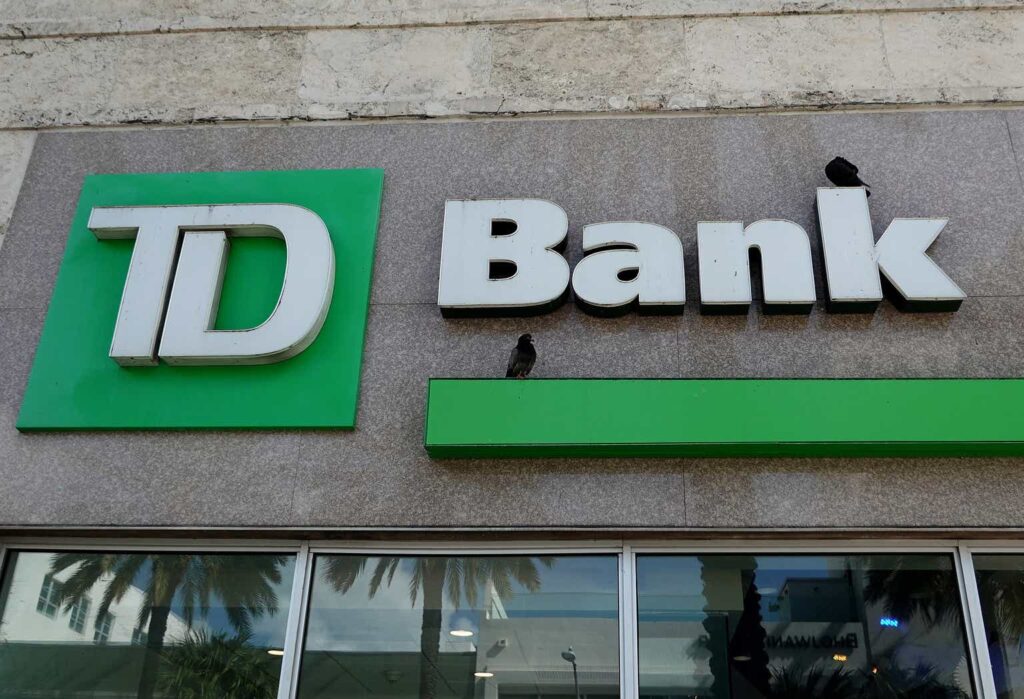A year ago, I wrote an article defending the Toronto-Dominion Bank (NYSE:TD), as some analysts had the misconception that Canadian banks like TD was ‘going to implode’. While the sensational headlines of soaring debt-to-disposable income and home price-to disposable income ratios spin a simple narrative of an impending housing collapse, those that follow the Canadian banks closely understand that most of the residential mortgages on TD’s balance sheet had low loan-to-value (“LTV”) ratios, so direct credit losses should not be a big impact. Instead of a total collapse like the U.S. banks in 2008, I warned investors should be worried about slowing a slowing economy’s 2nd order impacts to credit cards and corporate loans.
Thankfully, as a Canadian, I am happy to report that TD bank has not ‘imploded’ as predicted by the bears. However, TD Bank’s stock has declined by 15% since last August, so it has not been a great investment for shareholders either.
Recently, the Bank of Canada (“BOC”) has kept its policy rates on hold since July, giving Canadian consumers some much needed breathing room (Figure 1).
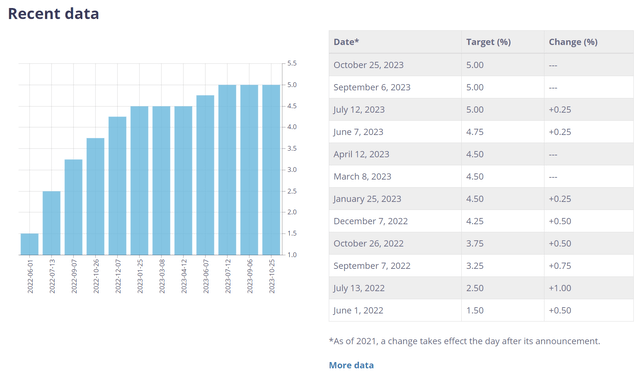
Figure 1 – BOC is on hold (bankofcanada.ca)
However, at its most recent policy meeting, the BOC also expects GDP growth to remain below 1% for the next few quarters before reaccelerating in late 2024. With the Canadian economy skating dangerously close to recession territory, are there signs of credit issues within TD’s Canadian business?
(Author’s note, financial figures in this article are in Canadian $ unless otherwise stated)
Brief Company Overview
First, for those not familiar, TD Bank is Canada’s 2nd largest lender by assets and the 6th largest in North America, ranking behind the U.S. money center banks and its Canadian peer, the Royal Bank of Canada (RY) (Figure 2).
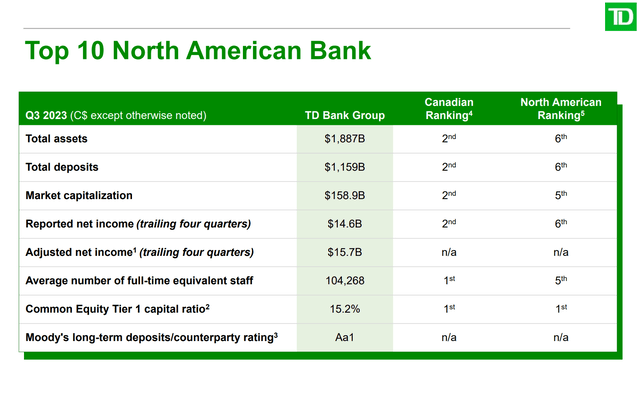
Figure 2 – TD is 6th largest North American bank (TD investor presentation)
TD has a diverse business mix with Canadian Personal & Commercial Banking (“P&C”) accounting for 44% of Q3/2023 earnings, U.S. Retail Banking contributing 30%, Wealth Management accounting for 14%, Wholesale Banking (investment banking and trading) 7% and its investment in Charles Schwab (acquired from selling TD Ameritrade to Schwab) accounting for 5% (Figure 3).
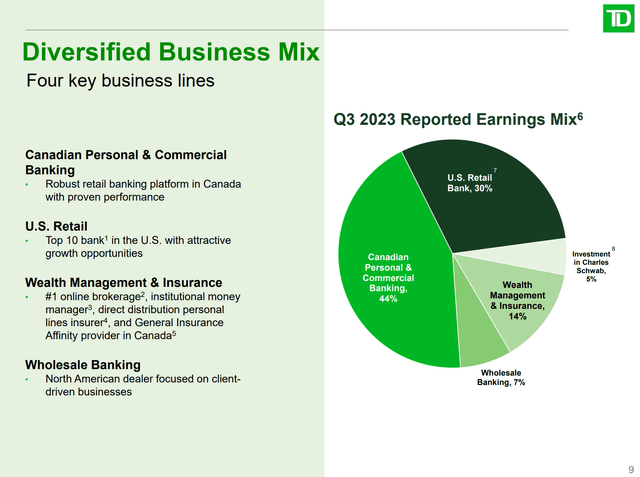
Figure 3 – TD business mix overview (TD investor presentation)
With slowing economic growth and a seemingly deflating real estate bubble, many analysts’ attention has been focused on TD’s Canadian P&C business.
Lots Of Smoke But No Fire
So far, despite worries of a Canadian recession, financial performance in TD’s Canadian P&C business has not been greatly affected. In the most recent quarter, TD reported $4.6 billion in revenues (+7% YoY and +4% QoQ) and $1.7 billion in net income (-1% YoY and +2% QoQ) (Figure 4).
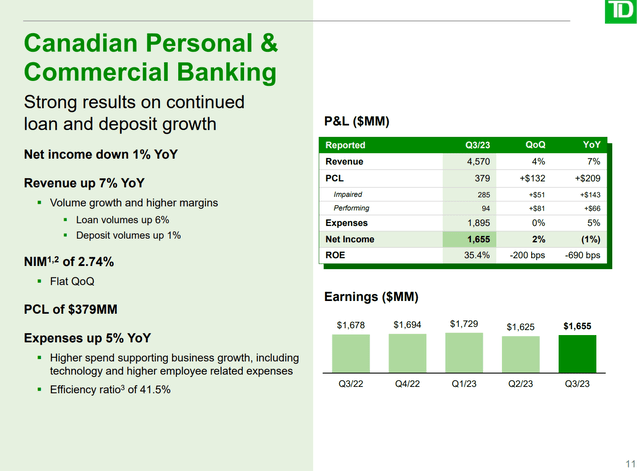
Figure 4 – Canadian P&C financial overview (TD investor presentation)
Provisions for credit losses (“PCL”) rose significantly to $379 million, or 28bps of the portfolio, but that mainly reflects the extraordinarily strong credit performance in recent years on the release of provisions taken during the COVID pandemic (Figure 5).
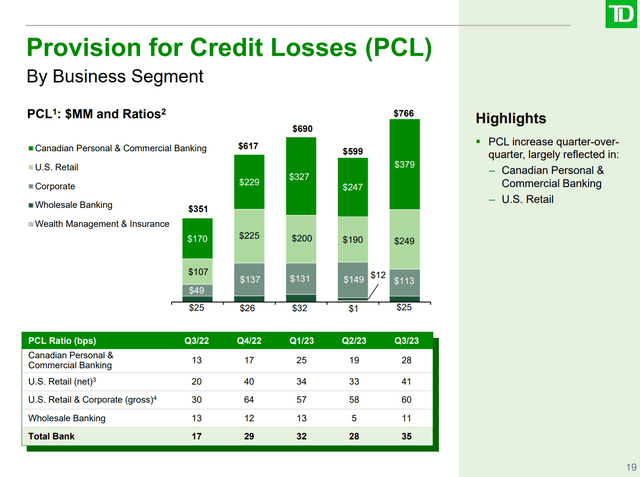
Figure 5 – PCLs rose to 28 bps (TD investor presentation)
For example, PCLs in fiscal 2019 ranged from 27 to 37 bps, so the latest PCL of 28 bps is only a reversion to normalized levels (Figure 6).
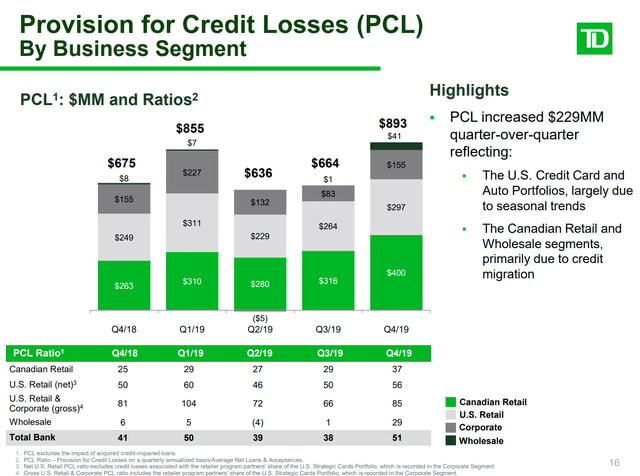
Figure 6 – but 28 bps is only back to pre-COVID levels (TD investor presentation)
Looking forward, gross impaired loans (“GIL”) for the Canadian P&C business has increased to $1.3 billion or 24 bps of the portfolio (Figure 7). This suggest PCLs may continue to increase in the coming quarters.
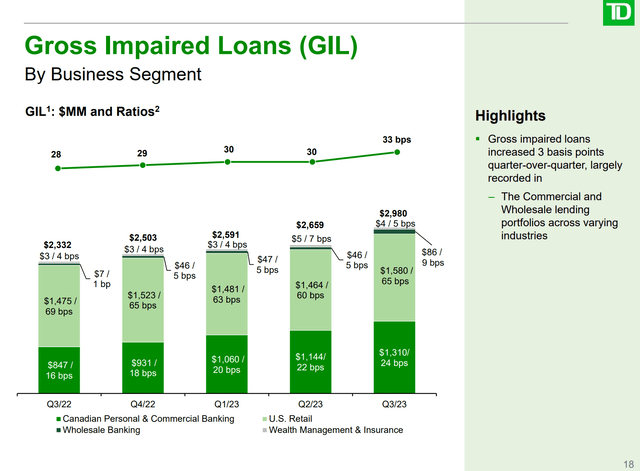
Figure 7 – GILs continue to creep higher (TD investor presentation)
However, once again, GILs have only normalized to pre-COVID levels in 2019, and are not yet suggestive of a recession (Figure 8).
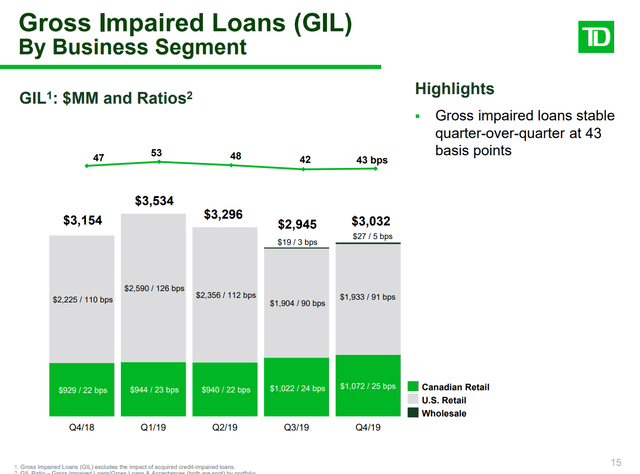
Figure 8 – but GILs is also just back to pre-COVID levels (TD investor presentation)
For context, during the Great Financial Crisis in 2009, GILs for TD’s Canadian P&C business reached 49 bps and was in the 30-40 bps range in the years following 2009, so current GILs at 24 bps is still very healthy (Figure 9).
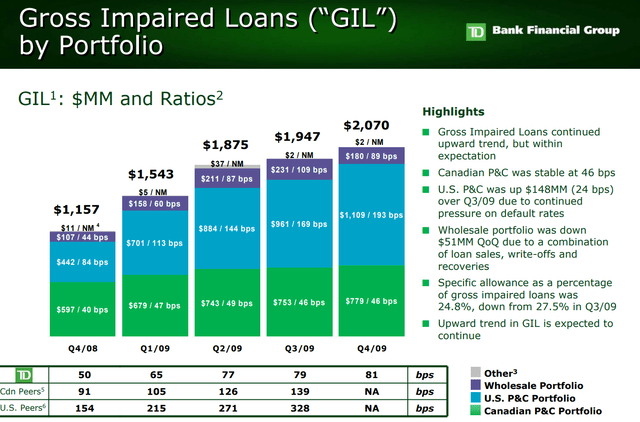
Figure 9 – Recession GILs can reach into the ~40 bps range (TD investor presentation)
Negative Amortizing Mortgages Could Be A Risk
However, that does not mean there are no risks with TD’s Canadian P&C business. According to news reports and the Canadian banking regulator, across the country, there are almost $250 billion of mortgages either currently or soon to be negatively amortizing.
Negative amortization means that the mortgage payments consumers pay on their variable rate mortgages do not cover the interest cost, so the outstanding principal of the mortgage increases every month. This has become a major issue for Canadian consumers as many took out variable mortgages when interest rates were ultra-low. As interest rates have risen in the past year, consumers either have to pay much higher monthly mortgage servicing costs or add to the principal of their mortgages. Many have chosen to keep their monthly payments the same and ‘kick the can’ down the road.
For TD, 8% of its Canadian real estate portfolio is negatively amortizing (Figure 10).
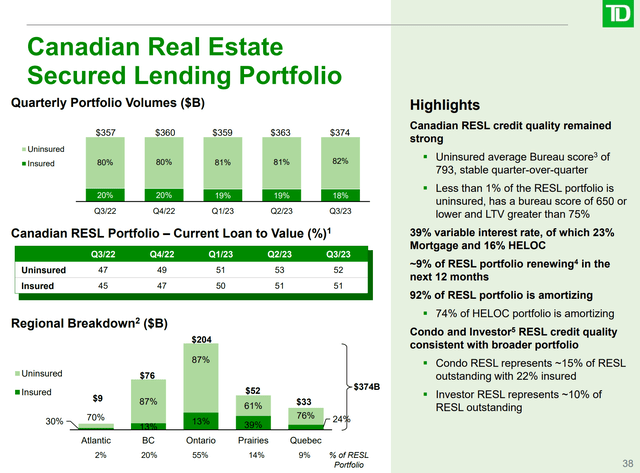
Figure 10 – 8% of TD’s real estate portfolio is negatively amortizing (TD investor presentation)
So while in the short term, TD’s Canadian P&C business continues to perform well, the outlook farther out is murkier, as 9% of TD’s real estate portfolio renews in the next 12 months. For many consumers, they could be in for a nasty surprise at mortgage renewal given the current level of interest rates.
For many younger homeowners, they have never seen the current level of mortgage rates in their adult lifetimes, as mortgage rates are now back to early 2000 levels (Figure 11).
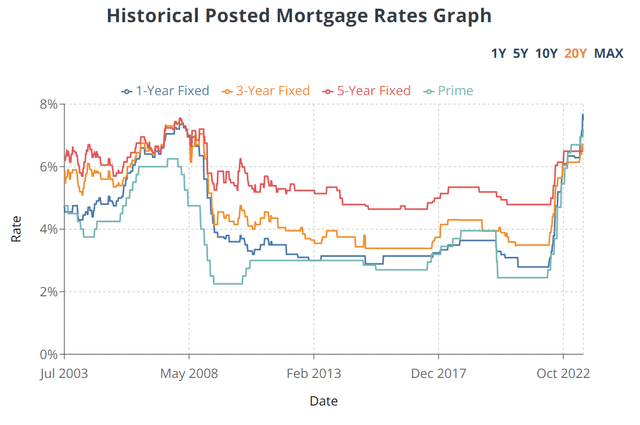
Figure 11 – Mortgage rates are highest since early 2000s (wowa.ca)
US Business Faces Stumbling Blocks
Besides concerns on TD’s Canadian P&C business, the bank also faces risks in its other business lines. For example, TD recently failed to close on its acquisition of First Horizon Corp. (FHN), a Memphis, Tennessee-based bank. TD pulled out from the deal as the bank could not see a path to receive regulatory approval.
This was a rare black eye for TD’s management team, which have successfully completed multiple US acquisitions in the past few years (Figure 12).

Figure 12 – TD has been a major acquiror in North America (TD investor presentation)
The immediate cost of the failed deal is several hundred million dollars in charges and break fees. However, there may be longer-term concerns regarding TD’s ability to grow.
In Canada, it is virtually impossible for TD to grow meaningfully, since it is the nation’s 2nd largest lender and a merger with any of the other ‘big 6 banks’ is unlikely to receive regulatory approval (unless it came amidst a GFC-level financial crisis).
If TD is now facing difficulty growing in the U.S. retail-banking, then the bank may have to rethink its strategy and consider diversifying into other business lines or jurisdictions.
Poor Compliance Rumoured To Be The Culprit
One rumour flying around Bay Street (Canada’s version of Wall Street) is that TD’s pattern of anti-money laundering and compliance failures over the years is the main reason the bank failed to receive regulatory approval to acquire First Horizon.
For example, American lawmakers began calling for the First Horizon merger to be blocked as early as 2022 after TD was found to have engaged in similar ‘fake accounts’ practices as Wells Fargo. TD also had to pay $122 million in 2020 to settle with the Consumer Financial Protection Bureau (“CFPB”) over illegal overdraft practices.
TD had to settle with the U.S. Treasury in 2021 after it was found to have processed over 1,500 transactions in violation of North Korea sanctions. TD also violated Cuba and Iran sanctions in 2017.
TD also had to pay $1.2 billion to investors defrauded in Allen Stanford’s $7 billion ponzi scheme. TD was also found liable in the $1.2 billion Scott Rothstein ponzi scheme in the early 2010s.
Although management has denied this, TD’s history of poor compliance is probably one of the main reasons the First Horizon deal got stuck in regulatory review. It could take many years and hundreds of millions of dollars to upgrade TD’s compliance systems such that the bank returns to the regulator’s good graces.
Valuation Is Cheap, But So Are All Banks
In terms of valuation, TD is screening ‘cheap’, trading at just 9.3x Fwd P/E (Figure 13).
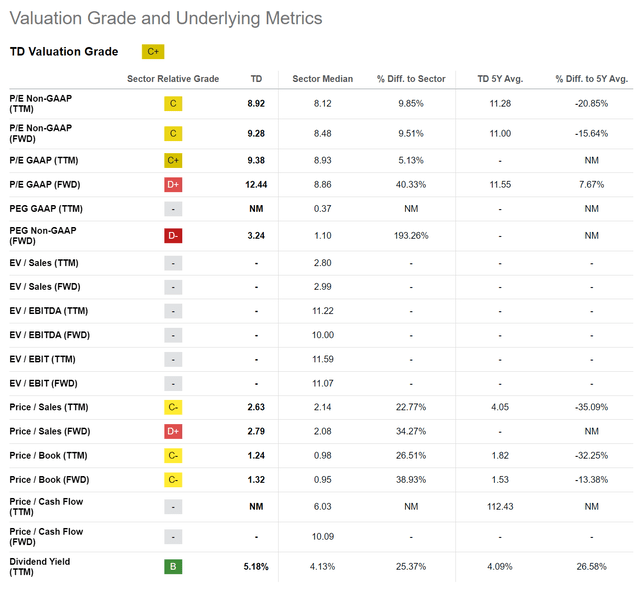
Figure 13 – TD is screening cheap at 9.3x Fwd P/E (Seeking Alpha)
However, cheapness is not uncommon in the banking sector at the moment with economic risks abound. For example, compared to the other 5 largest North American banks, TD and RY are the most expensive, at 9.3x and 9.5x Fwd P/E respectively (Figure 14).
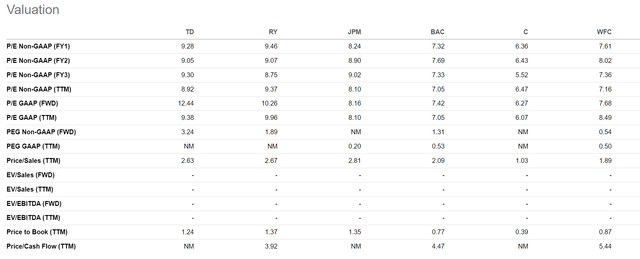
Figure 14 – TD is expensive vs. peers (Seeking Alpha)
If investors were to pick stocks purely based on valuation, the American banks like Bank of America (BAC) and Citigroup (C) may offer better valuations.
On the positive side, TD is currently paying a 5.1% dividend yield, which appears sustainable. However, it is above the bank’s 40-50% expected payout ratio, so investors should not expect large dividend increases until earnings improve (Figure 15).
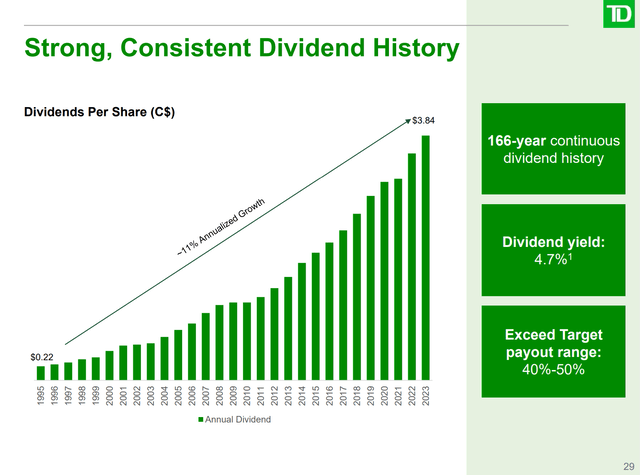
Figure 15 – TD is paying a nice dividend, but it is above target payout ratio so investors should not expect large dividend hikes (TD investor presentation)
Conclusion
Overall, TD’s Canadian P&C business still shows no signs of the impending recession that analysts have been touting for more than a year. Credit losses and impaired loans are only normalizing to pre-COVID levels.
However, there are risks on the horizon, as 8% of TD’s real estate loans are currently negatively amortizing. Furthermore, 9% of borrowers may face a payment shock when they renew their loans in the next 12 months.
I am personally more concerned about TD’s constrained growth, as the bank’s history of compliance failures appear to be finally catching up to the lender with the recent First Horizon deal failure. It could take a lot of time and money to upgrade TD’s compliance systems to return TD to the regulator’s good graces.
I believe there are better opportunities in the banking sector, so I rate TD stock a hold.
Read the full article here


